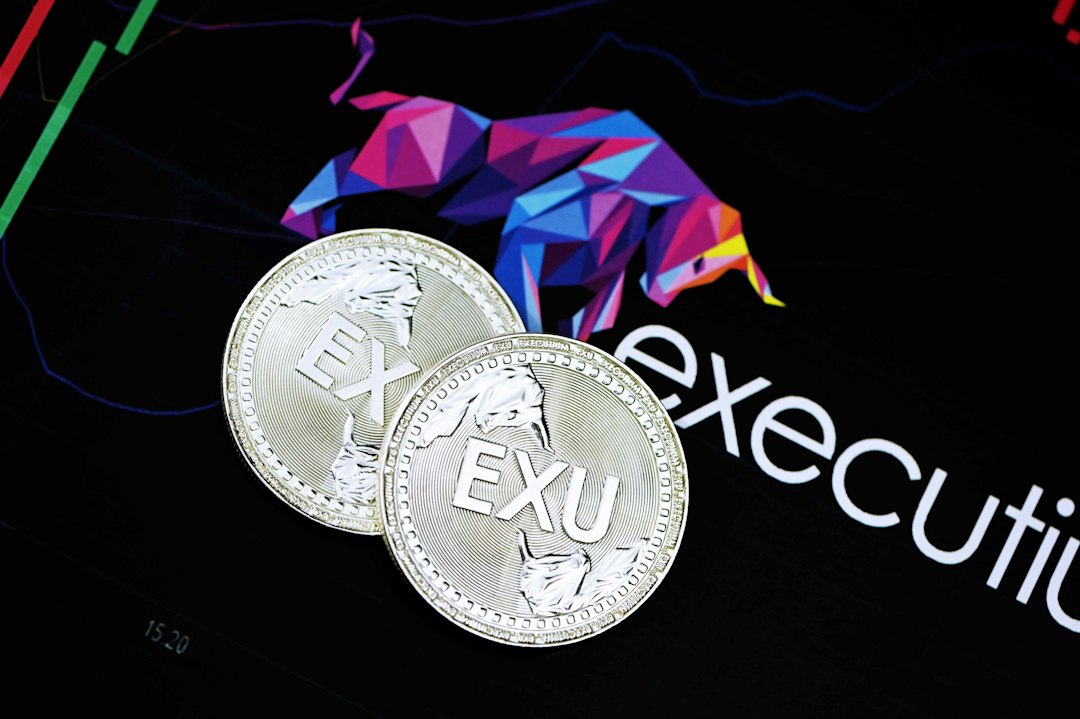Binance CEO Criticizes Tether USDT for Lack of Transparency and Plans to Introduce New Stablecoins
Binance CEO Changpeng Zhao has criticized Tether USDT for its lack of transparency, referring to it as a “black box.” He expressed concerns about the absence of audit reports for USDT, the largest stablecoin in the industry, and warned of the risks associated with it. In response, Binance aims to introduce smaller algorithmic stablecoins to provide investors with alternative options.
Key Points:
- Zhao and his colleagues have not seen any audit reports for USDT, leading to concerns about its transparency.
- Binance has started issuing Binance USD as an alternative stablecoin, but Zhao warned that even well-governed stablecoins can have unanticipated risks.
- Binance plans to diversify its list of stablecoins to reduce risks and is working on its own algorithmic stablecoins.
- Binance recently listed First Digital USD (FDUSD), a programmable stablecoin pegged to the dollar, and will add another stablecoin soon.
- Tether’s parent firm has faced fines for mismanaging and misrepresenting its reserves.
Tether Responds with Transparency Claims:
Tether, the company behind USDT, released an attestation report from an independent accounting firm to showcase its reserves and financials. The report showed a rise in excess reserves and emphasized the transparency of Tether’s operations. Tether claims its stablecoins are backed by U.S. Treasury notes and reported operational profits and a share buyback.
Hot Take:
The lack of transparency surrounding Tether USDT raises concerns among industry leaders like Changpeng Zhao. Binance’s move to introduce smaller algorithmic stablecoins shows its commitment to offering investors alternatives. While Tether emphasizes its transparency, the crypto community should continue to demand more robust audits and verifiable reserves from stablecoin issuers.





 By
By
 By
By

 By
By
 By
By
 By
By